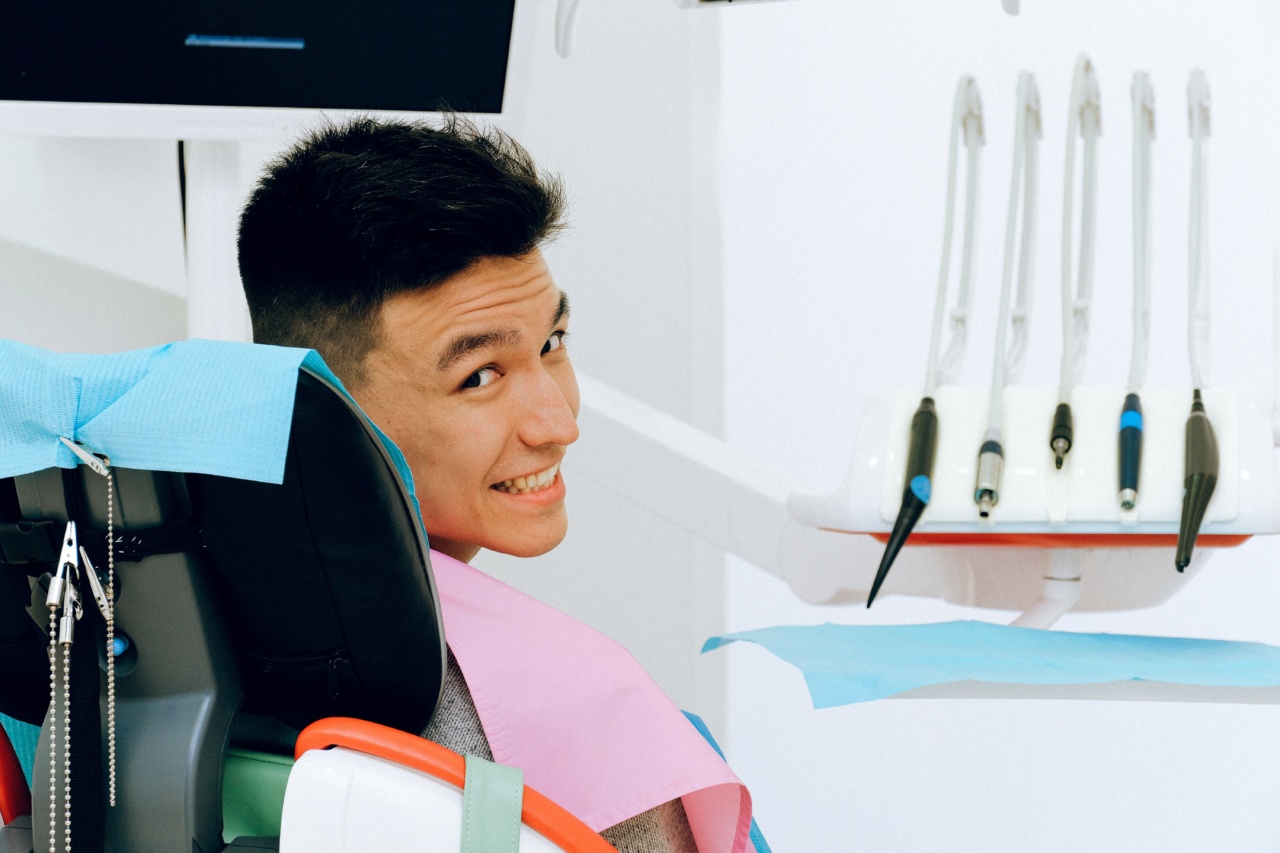Oral cancer is a serious disease that affects thousands of people worldwide. The key to successful treatment and prevention lies in early detection, which is why self-examination is crucial.
In this video, we will guide you through the process of self-examination for oral cancer, helping you stay proactive about your oral health.
Understanding Oral Cancer
Before we delve into the self-examination process, let’s understand what oral cancer is. Oral cancer refers to cancer that develops in any part of the mouth, including the lips, tongue, gums, floor of the mouth, and roof of the mouth.
It can also affect the salivary glands, tonsils, and throat.
Oral cancer can manifest as a sore or growth in the mouth that does not heal or go away. While tobacco and alcohol use are significant risk factors for oral cancer, it can also occur in people who have never smoked or consumed alcohol.
Other risk factors include a family history of cancer, prolonged sun exposure, and certain viral infections.
The Importance of Self-Examination
Regular self-examination plays a vital role in early detection and prevention of oral cancer. By examining your mouth frequently, you can identify any abnormalities or changes that may require further evaluation by a healthcare professional.
Early detection significantly increases the chances of successful treatment and improves the overall prognosis.
Step-by-Step Guide to Self-Examination
Follow these steps to perform a thorough self-examination for oral cancer:.
1. Find a Well-Lit Area
Begin by finding a well-lit area with a mirror. Natural daylight or a bright lamp is ideal. Good lighting will help you effectively observe any changes or abnormalities.
2. Remove Dentures or Dental Appliances
If you wear dentures or any other dental appliances, remove them before starting the examination. This will allow you to have a clear view and access to the entirety of your oral cavity.
3. Stand in Front of the Mirror
Position yourself in front of the mirror, ensuring your face is well within the frame. Take a moment to relax and prepare yourself for the examination.
4. Inspect the Lips
Begin by inspecting your lips. Look for any changes in color, texture, or size. Check for any sores, ulcers, or persistent cracks. Pay attention to any bleeding or unusual lumps.
5. Examine the Interior of the Mouth
Next, open your mouth wide and examine the interior. Use your fingers to pull your cheeks aside, enabling easier observation of the inner cheeks, gums, and the roof of your mouth.
Note any abnormalities such as white or red patches, unusual swelling, or persistent soreness.
6. Observe the Tongue
Stick out your tongue and examine it in the mirror. Check for any bumps, lumps, or changes in color. Run your finger along the sides and underneath the tongue, feeling for any irregularities.
Pay attention to any pain, numbness, or difficulty in moving the tongue.
7. Check the Floor of the Mouth
Lower your tongue and look at the floor of your mouth. Inspect for any abnormalities such as sores, swelling, or unusual patches. Use your finger to feel for any lumps or masses.
8. Analyze the Tonsils and Throat
Gently tilt your head back and open your mouth to examine the tonsils and the back of your throat. Look for any changes in color, bumps, or swollen lymph nodes. Take note of any difficulties in swallowing or persistent soreness in the throat.
9. Repeat Regularly
Perform this self-examination regularly, ideally once a month. In case you notice any persistent abnormalities or experience any concerning symptoms, consult a healthcare professional promptly for further evaluation.
Conclusion
By performing regular self-examination and staying vigilant about your oral health, you can significantly lower the risk of oral cancer. Early detection and timely treatment are paramount to improving outcomes. Remember, prevention begins with you.



























